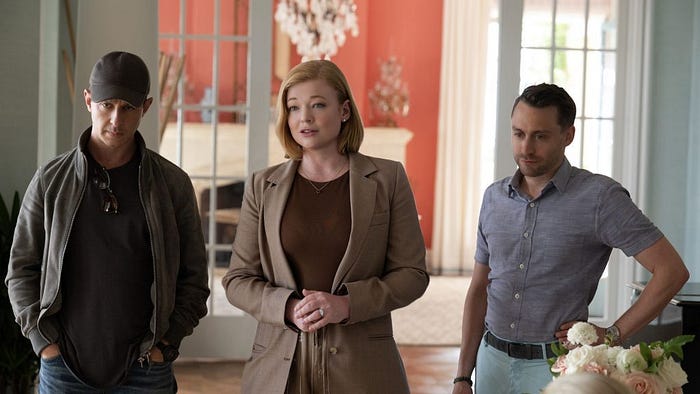
The United States in 1969 was characterized by disruption. From the 1969 Woodstock Music and Art Fair, which symbolized the spirit of counterculture, to the anti-Vietnam War movement there were deep shifts in culture and politics that still reverberate today.
Studying media from 1969 allows for greater understanding of these threads, especially in the inherently countercultural Penthouse magazine. Bob Guccione's brazen publication moved from the United Kingdom to the U.S. in September 1969. This issue contains stories and features still of interest, which reveal how history connects from then to now.
Politics: Inside Revolution

While Penthouse became famous in the 1980s for bombshell exposes of public figures such as Jerry Falwell Sr., this legacy begain in the very first U.S. issue. The first interview in the issue was with Clay Shaw, an American businessman and central figure in conspiracy theories surrounding the assasination of President John F. Kennedy in 1963. Shaw was charged with conspiring in the assassination in 1967, with his trial taking place in 1969 when he was ultimately acquitted. The interview heard Shaw recount the experience of being accused in his own words.
A feature titled "The Campus Convulsion" captured another strong current in U.S. politics, the rise of student activism. The section featured opinions from Reverand Theodore M. Hesburgh C.S.C., the president of the University of Notre Dame, as well as two students of opposite political identities, Paul Spike and John C. Meyer.
Today we live in the midst of a revolution which rolls through a technological world, conveyed on the invisible wings of modern media and jet transportation. The revolution churns away beneath the surface of our everyday life.
Sexuality: The Penthouse Wink

The first "Pet of the Month" pictorial in Penthouse, the content it became famous for, was a pictorial of Evelyn Treacher photographed by Philip O. Stearns. This feature followed by Frederic Mullally's first "Oh, Wicked Wanda!" cartoon and a spread titled "Stripping the Light Fantastic" introduced Penthouse's signature depiction of sexuality as humurous, natural, and subversive.
"Stripping the Light Fantastic" saw Stearns photographing the Raymond Revuebar with a tantalizing introduction that represented the bar's context:
A feature of the nude-wave strip emporiums which pockmark London's naughtiest square mile is a paradox known as the "legitimate" strip-tease theatre. A by-product of these affluent times, the theatre clubs cater to a better-heeled more discerning members-only audience. Shows are carefully planned, expensively costumed and, within spatial limitations, elaborately choreographed.
Entertainment: The Edge of the Decade

The late 1960s was a period of cultural and artistic revolution, reflected in various aspects of film, theater, and society. "Hair" (1968) was a groundbreaking Broadway musical that celebrated the counterculture movement and challenged social norms with its exploration of sexuality, drugs, and anti-war sentiments. "Midnight Cowboy" (1969), directed by John Schlesinger, portrayed the gritty reality of urban life, capturing the struggles of two marginalized characters in New York City. In contrast, "Lonesome Cowboys" (1968) directed by Andy Warhol, challenged traditional narrative structure, offering a provocative and experimental take on the Western genre. These films reflected the shifting cultural landscape of the time, pushing boundaries and exploring new artistic possibilities. All three were explored by the first "View From the Top" section, which reviewed the most boundary-pushing content.
When it came to the music of the period critic Jonathan Kundra offered this apt summary:
Anyone preparing a report on the state of rock 'n' roll in mid-1969 had better learn to live with contradictions and to run fast in dialectically opposite directions at the same time.
Fashion: Frills and Color

In its early years Penthouse also covered men's fashion, reviewing the latest styles for readers. With the rise of vintage shopping now these features feel even more informative, such as this write up of the "London Look.
Today the London Look is looking up, and shirts have frills, suits come in velvet, scarves alternate with ties, suspenders (braces to the British) are beating a retreat - and conformity is nonconformist.















